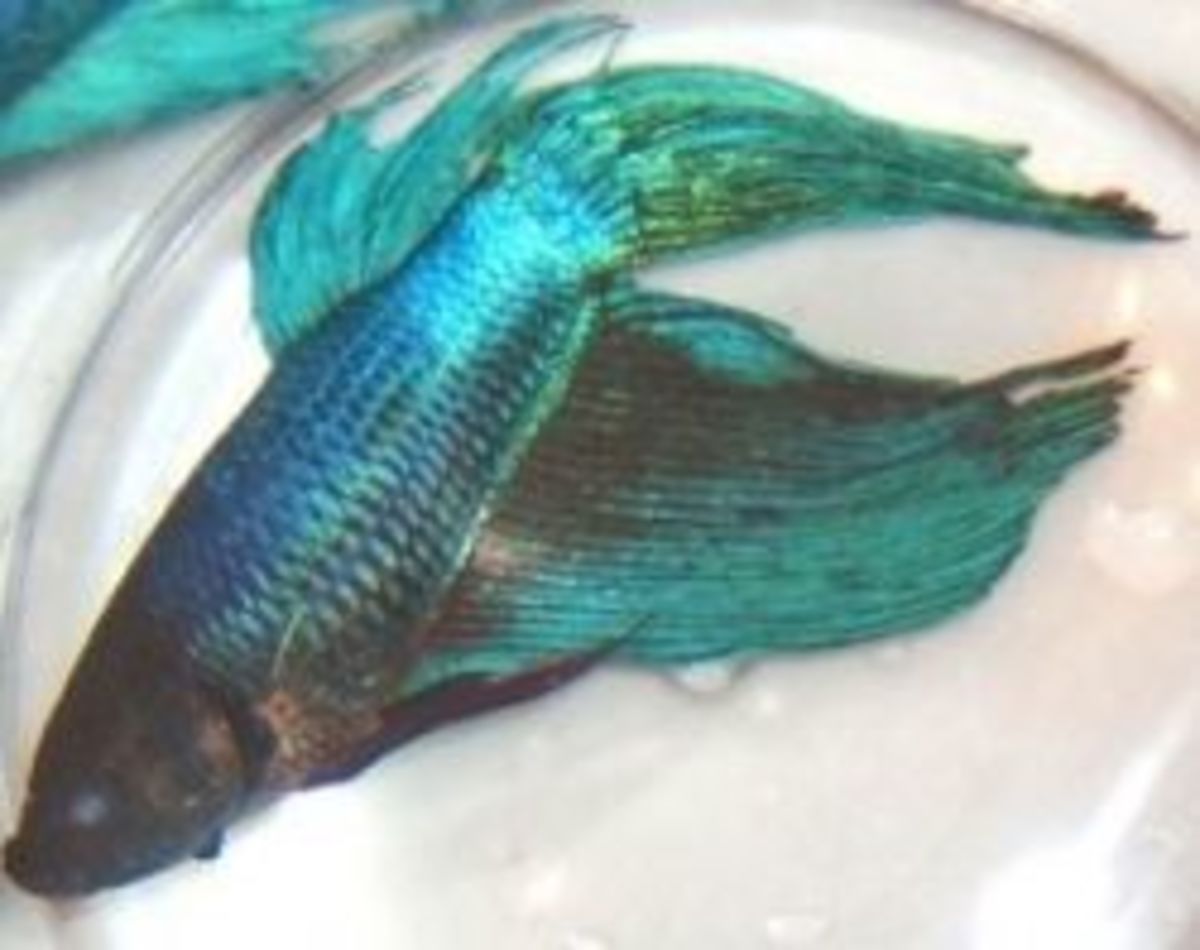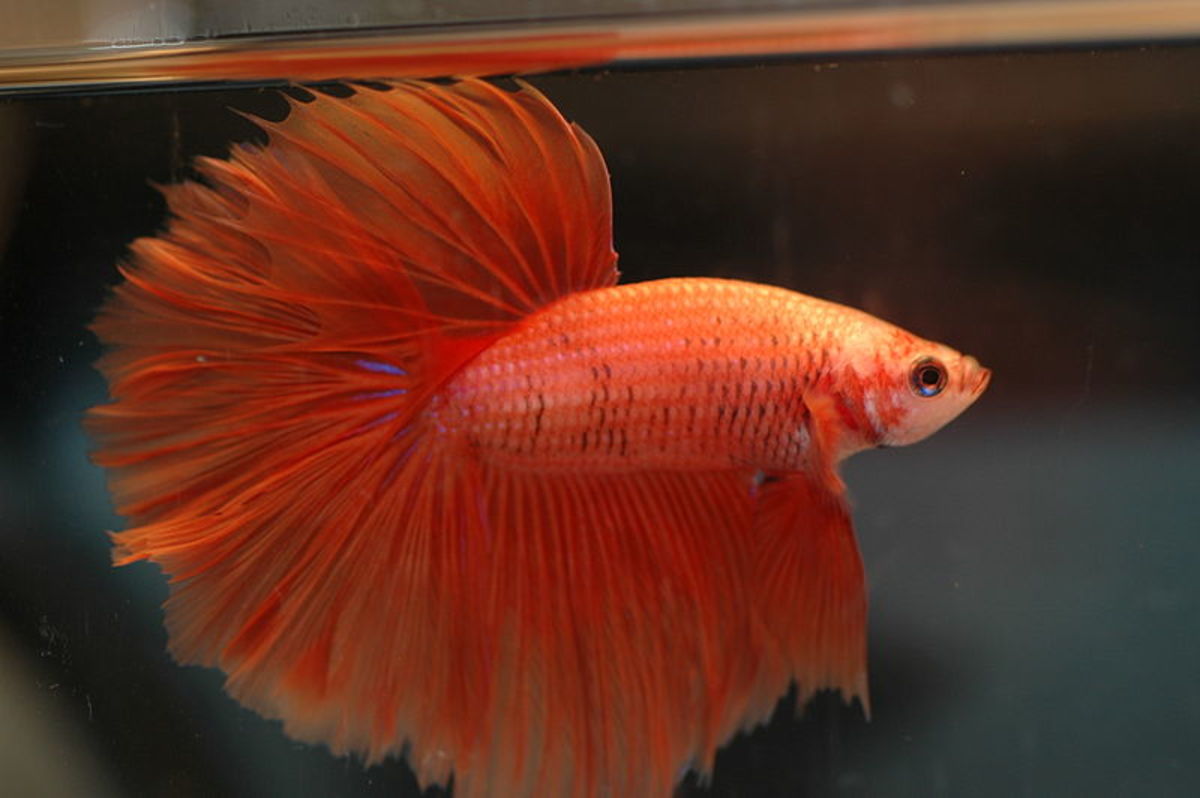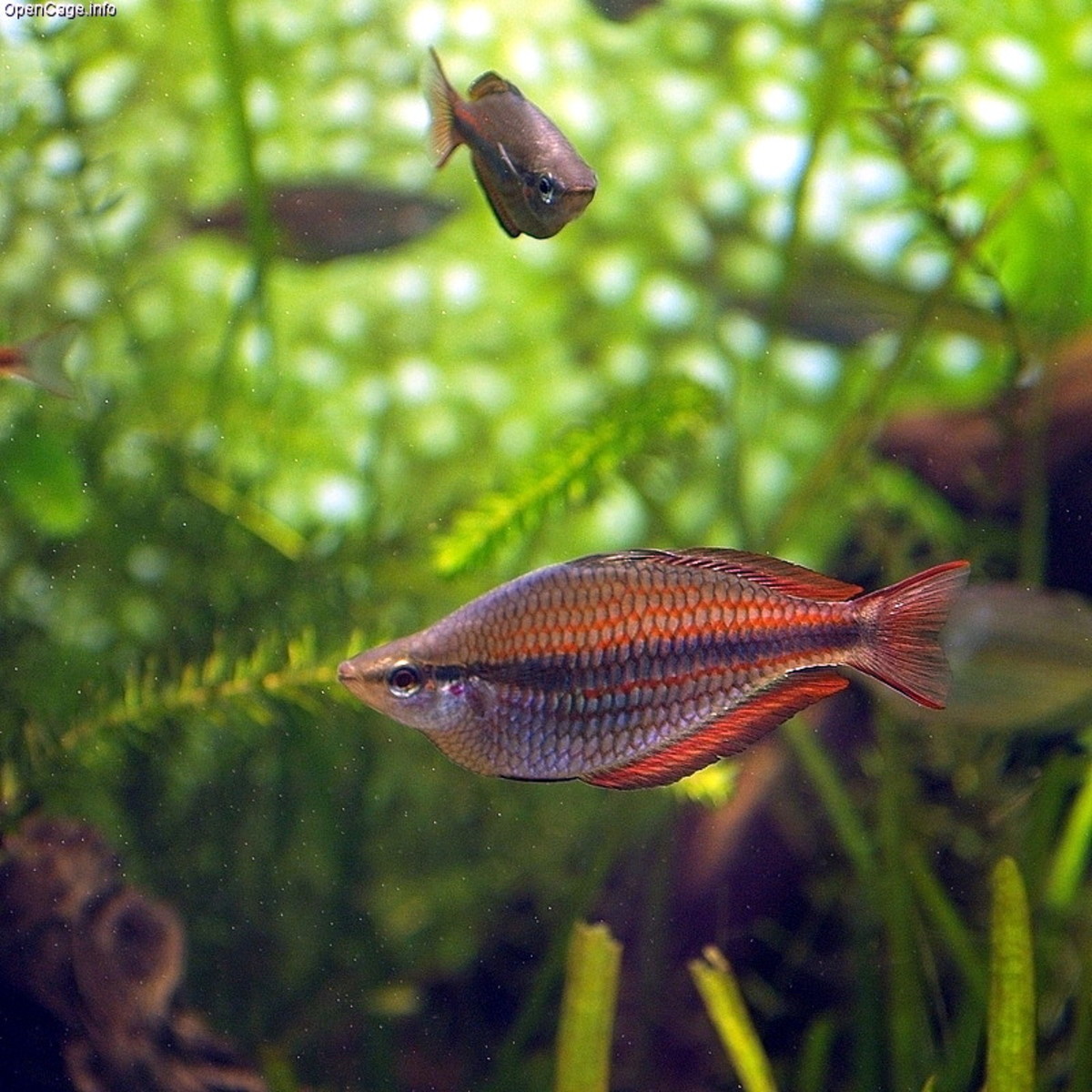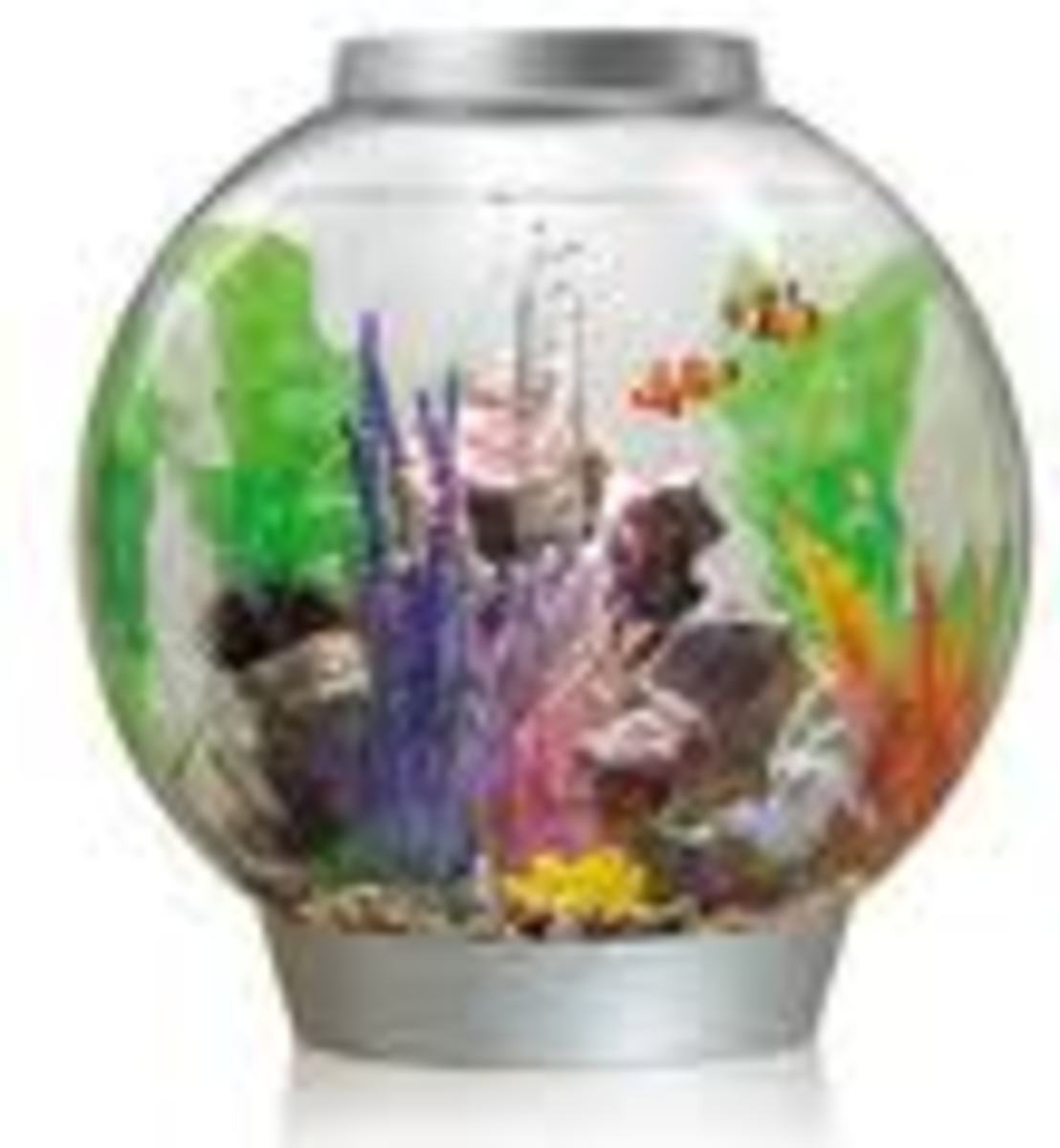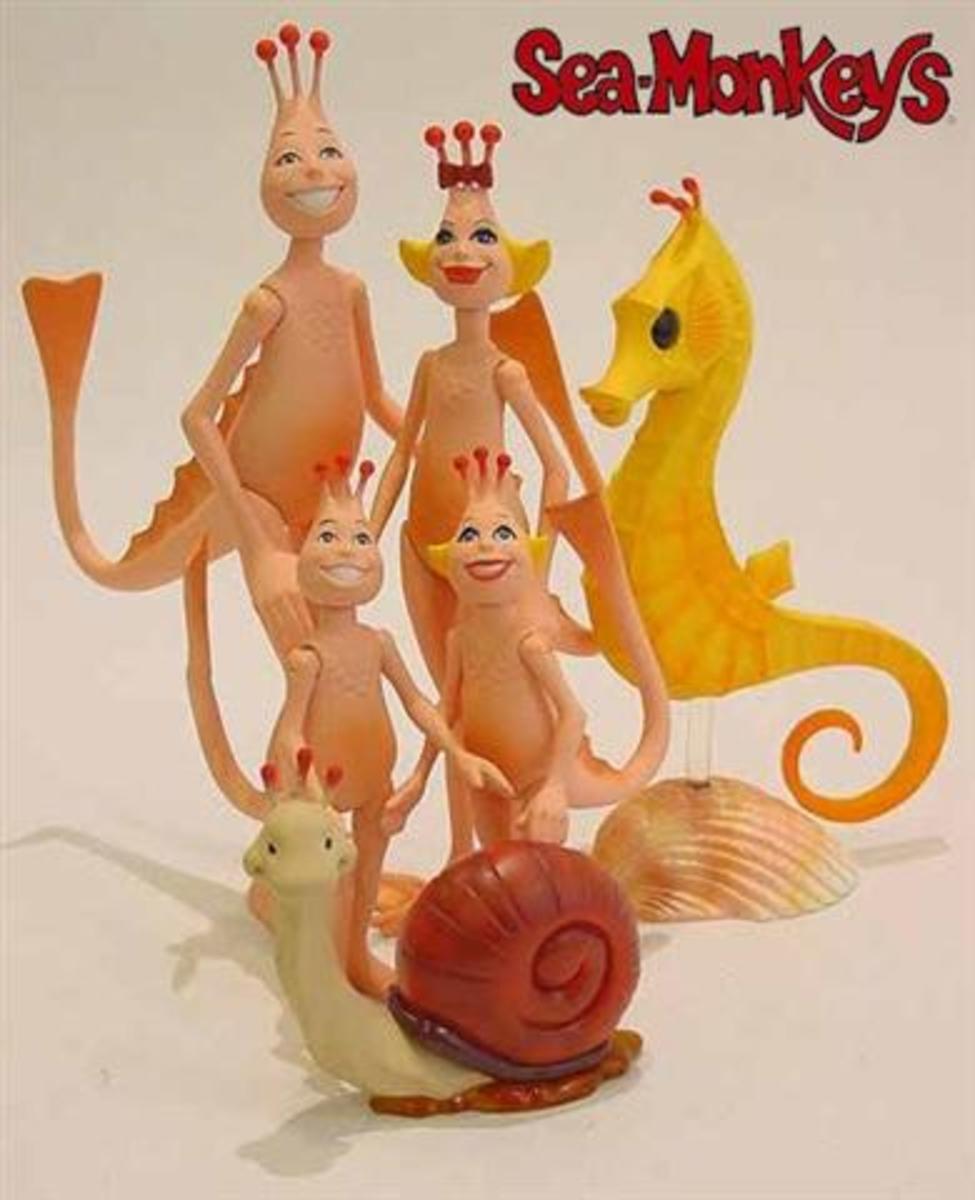Betta Addiction - Betta Fish Breeding
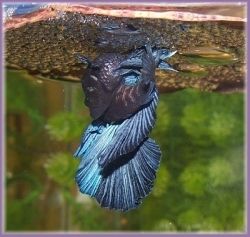
How To Breed Bettas
Hi! Welcome to Betta Addiction. In this lens I will talk about betta breeding. In my opinion, no one can really call himself a "Betta Addict" unless he has taken this step of breeding bettas. So if you're ready to give up everything to concentrate on this one thing, brace yourself because after you've successfully bred your pair, your life will never be the same.
Selecting A Betta Pair
Pick A Quality Breeding Pair
This is the most important part of breeding bettas, because unless you have a high quality male and female betta, you will be only wasting your time in breeding.
Take it like this: QUALITY PARENTS = QUALITY BETTA FRY
Therefore, if you want to be a serious betta breeder, find a high quality pair and don't just get any pair from the pet shop. If you know of someone who breed bettas professionally, get your stock from that person and you will happy with the results.
So how do you know when a male or a female betta is ready for breeding? For male bettas, the sign to look for is the bubble nest. If you see your male betta already building a bubbe nest, he sure is ready to breed. Meanwhile, you will know that a female betta is ready if her belly is already full of eggs and if her ovipositor is protruding. The ovipositor is the white dot located underneath her belly. Another sign to look out for in a female betta are the stripes. If your female betta is displaying vertical bars every time she sees a male betta, it means she's ready for breeding. This is only applicable for dark-colored female bettas, though.
Setting Up The Spawning Tank - What You Will Need
Breeding bettas is not something you do mindlessly. It requires a lot of time and effort. It also requires a lot of preparation, and unless you're ready to rear hundreds of baby bettas, don't waste your time and your betta's energy.
Before you set up your pair, you will need the following:
- One 5-10 gallon tank
- Water conditioner
- Methylene Blue, Tetracycline, and other betta antibiotics
- A mini corner filter with small air pump
- Plastic control valves for the air pump
- Submersible heater (Optional if you live in a tropical country like me)
- A Styrofoam cup or a piece of almond leaf
- A chimney glass
- Real or plastic plants
The Setup
Now that you have the equipments needed, it’s time to set up the spawning tank. Make sure your spawning tank is bacteria free by rinsing it first with warm water. Rinse the filter as well to get rid of the carbon powder. Place the tank in a corner away from direct sunlight. By this time, you should have pretreated water prepared ahead of time. Fill the tank with the aged water up to six inches from the bottom of the tank. This way, the male betta will not have a hard time picking the eggs and placing them in the bubble nest. Add water conditioner, methylene blue, and aquarium or rock salt to the water.
Place the filter on the corner of the tank, preferably at the back. Set the heater to 80 degrees Fahrenheit and add it to the front of the tank where you can see it. Don’t turn anything on yet at this moment.
You would want to control the airflow of the pump so using a cutter, cut a tubing in half and insert one end from the filter to the valve and one end from the valve to the air pump. This way, you can regulate the strength of the current of water in the tank. You won’t be needing the air pump at this moment so don’t turn it on yet.
You can either use the styrofoam cup or the almond tree leaf to hold the male bettas bubble nest. If you choose to make use of the cup, cut it in half from the top so that you create some kind of a cave with it. Stick the bottom of the cup to the side of the tank with a tape and make sure it’s sturdy because it’s going to hold the bubble nest later on. If you decide to use the leaf, you can also stick it to one side of the tank. Alternatively, you can use both so that your betta has two options to choose from.
Finally, place the glass chimney inside the tank, near the cup or the leaf. Leave the tank running for 1-3 days to allow the water to age and the temperature to be steady.
Introducing Your Pair
Different breeders use different methods in introducing their pair. Ideally, you would want to introduce them this way:
- Place both male and female betta in small airplane cup, and let the cups float inside the tank. If both are showing interest to each other, they will flare and the female betta will show vertical stripes on her side (not visible on light-bodied females).
- Leave the cups floating for thirty minutes to an hour. This is a good way of not only introducing your pair but also acclimating the both of them in the new tank.
- After an hour or so of floating the cups, release the female into the chimney. When she's safe inside the chimney, you can release the male inside the tank (not inside the chimney).
- You can leave the pair in the tank for a few hours and let them get acquainted with each other.
- As soon as you return, observe the pair and see whether the male has built a large bubble nest. Look at the female too if she is showing interest to the male by swimming with her head down and showing her vertical bars.
If everything seems to be positive, release the female into the tank. There will be some chasing and fin tearing at first but this is normal. However, if the male is hurting the female too much, remove her from the tank and try your luck with another female. Keep an eye on your pair because some pairs take days before they actually spawn, while others only take 24 hours.
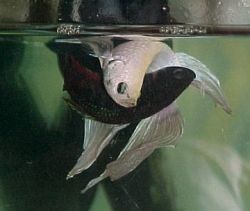
The Betta "Embrace"
Okay, let's assume that everything goes well with your pair and they decide that they like each other and that they're ready to make babies. As soon as you release the female into the tank, the male will try to impress her by doing some crazy dance moves. At first, there will be some chasing, so make sure you have enough plants where the female can hide and rest if she gets tired. Sometimes, the chasing and fin nipping will last for up to 3 days.
At this point, the male would have had built a large and sturdy bubble nest he's going to show the female later on. When the female is ready, she will check the bubble nest. She'll also start to swim with her head down as if telling the male to come and get her. During this time, you will see the male swimming and dancing in an "S" form, somewhat like a sidewinder. The male will then try to wrap his body around the female's, but if he's not an experienced male, he won't be able to get it the first time.
Sometimes it takes hours before the male can completely wrap his body around the female. When he finally gets it, the two of them will start to "Embrace". During the embrace, the male actually squeezes the eggs out of the female's body. It would take several embraces before the female exhausts herself of eggs.
After they're done embracing, the male will release the female, and the female will slowly sink to the bottom as if stunned. This will only take a while and she will soon recover and either help the male pick the eggs up and place them on the nest or eat the eggs. As soon as you see that the female stops producing more eggs, remove her from the tank immediately as the male will probably chase her and even hurt her.
Place the female into her tank but make sure you've already treated the water with stress reliever and some medication that will help the female recover from her injuries. Now that you're done with the spawning stage, it's time for you to visit my new lens entitled "Betta Addiction - How To Rear Betta Fry". There you will learn how to care for the fry once they've hatched from the eggs. Happy Betta Breeding!
Spawning Tank Setup Video - Here's a nice video on how to set up a betta spawning tank
How They Breed Bettas In Thailand
Since bettas originate from Thailand, it's only reasonable that we learn how to breed bettas the "Thai" way. Unlike the way most hobbyists breed bettas, Thai breeders do not make use of too many complicated steps. What they do instead is place their betta pair inside a plastic tub that has a diameter of 12 to 16 inches. But first, they place a piece of dried almond leaf to make the water suitable for breeding. They also place some aquatic plants inside the tub to achieve the look and feel of the bettas' natural habitat. After that, they place the two tanks that contain the betta pair inside the tub and allow the fish to see each other. When the pair seems ready for breeding, they are released into the water inside the tub. The tub is then covered with a lid and the pair is left to do what they got to do. After 24 hours or so, eggs will be visible in the bubble nest and the female is removed. The male will then be left to take care of the eggs until they hatch and enter the free-swimming stage. After that, the male is removed as well and the fry are transferred to a grow-out tank where they will be taken care of until the time that they are mature enough for jarring.
Betta Bubble Nest
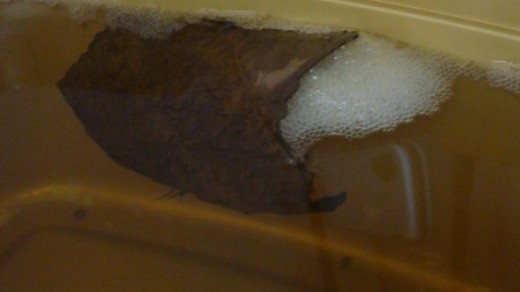
Here's a photo of my Black Orchid Crowntail Betta building a bubble nest. If you notice, the water has turned brown due to the Indian Almond Leaf.


